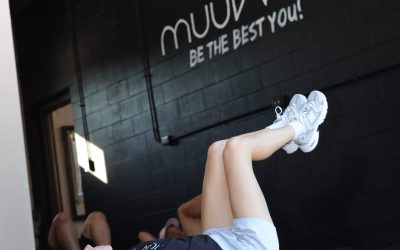Have you recently looked at pictures from before 1950?
If you haven’t, you should. What do most of the people look like, in general? Do they look thin, or perhaps overweight? Do they look like they have good muscle tone? Look at old pictures of soldiers from the Second World War, or video reels of people walking the crowded streets of New York in the 1910s, or farmers working in the fields. You might notice that people look smaller, and you’d be right. There is plenty of evidence that Americans’ body mass index steadily increased through the twentieth century, leading to our current numbers. More than a third of US adults are medically obese.
A point of commonality between people from 100 years ago is that they had to move more than we do today. Urban dwellers walked city blocks to get to work, school, or the market. Rural dwellers walked the fields, or to church. A German acquaintance once expressed to me her disappointment with how much less walking she does in Bowling Green compared to her life in her small German village.
As we wrote last week, physical activity improves health across the board. The American College of Sports Medicine recommends 30 minutes of physical activity for a minimum of 5 days a week.
How do we incorporate physical activity into our lives?
The good news is that you do not need to set aside a half hour every day, specifically to do physical activity and nothing else. Physical activity can be anything that elevates your heart rate. Activities as simple as walking the dog, gardening, or playing with children and grandchildren—things we already want to do—help us toward getting to that half hour.
Yet, there are real challenges that make it difficult even to do these things. Our roads and neighborhoods may not be conducive for walking. Much our our technological innovations are aimed at ease and reducing physical activity, such as the ability to shop online or do grocery pickups. With very little unavoidable physical activity for many of us, we might need to do a few activities the “old fashioned” way. For instance, maybe vacuum the house instead of always using the robot vacuum, or park at the back of the parking lot to get in a little more walking.
One of the challenges of doing family physical activity time is that kids may be resistant to activities that don’t involve screens. Try building in the expectation that at least a couple times a week, the family will walk or play a yard game. Also, don’t let all of your relaxing time be inactive. Keep a set of dumbbells near the tv and use them when watching a game or Netflix.
The bottom line is that there are so many ways to get a little physical activity in without making it drudgery. Be creative and find something you enjoy!




